What is Automated Testing in WordPress?

Automated testing is a systematic approach to verifying and maintaining a WordPress site’s quality by running pre-scripted tests on various components—plugins, themes, custom code, and even the WordPress core—without manual intervention. It helps streamline the testing process, especially as websites evolve and become more complex. Automated testing empowers WordPress developers and site administrators to catch and fix issues early, ensuring that updates, changes, or new features do not disrupt the user experience.
In this guide, we’ll explore why automated testing matters for WordPress sites, types of tests, tools, and frameworks for automated testing, how to implement it in your workflow, and some real-world examples of how automated testing has transformed site maintenance.

Why is Automated Testing Essential for WordPress?
- Continuous Quality Assurance: Automated testing allows for testing at every development and deployment stage. For example, after a WordPress update or theme modification, automated tests can verify functionality without requiring a developer to inspect each feature manually. This approach maintains consistent quality, enabling websites to function seamlessly even as new changes are applied.
- Time Efficiency and Reduced Testing Costs: Since automated tests can run continuously, they save significant time, particularly for large, content-heavy, or frequently updated sites. A manual testing process can be costly and time-consuming, especially involving repetitive checks across many plugins and themes. Automated tests streamline this, allowing developers to focus on complex issues rather than repetitive tasks.
- Enhanced User Experience: Performance issues, broken features, or inconsistencies in functionality can severely impact the user experience. Automated tests help prevent these problems by identifying and addressing issues early. This is especially crucial for e-commerce sites, membership platforms, and high-traffic blogs, where broken features can mean lost revenue or credibility.
- Security and Stability: Automated tests check for functionality and help identify vulnerabilities, outdated dependencies, or compatibility issues. By integrating security checks into the testing process, site administrators can ensure that the website remains secure and compliant with best practices.
Types of Automated Testing in WordPress
A solid automated testing strategy for WordPress involves several testing types, each addressing different aspects of site performance and functionality:
- Unit Testing: Focuses on isolated functions or units of code, verifying that individual parts of your codebase work as intended. For example, a custom function that calculates tax rates could be unit-tested to ensure it returns the correct values under various conditions.

- Integration Testing: Verifies that different parts of your site work together correctly. In WordPress, this might mean testing that a plugin integrates correctly with the core system or that a payment gateway and shopping cart work in harmony.
- End-to-End (E2E) Testing: Simulates user interactions to ensure critical workflows function as expected. For example, you might test the user journey from adding items to the cart to completing a purchase, ensuring each step operates smoothly.
- Performance Testing: Assesses the speed and responsiveness of your site under different conditions. Performance tests help optimize the user experience by identifying bottlenecks and slow-loading elements.
- Security Testing: Scans for vulnerabilities within your WordPress site, such as SQL injections or cross-site scripting, to ensure your site is secure.
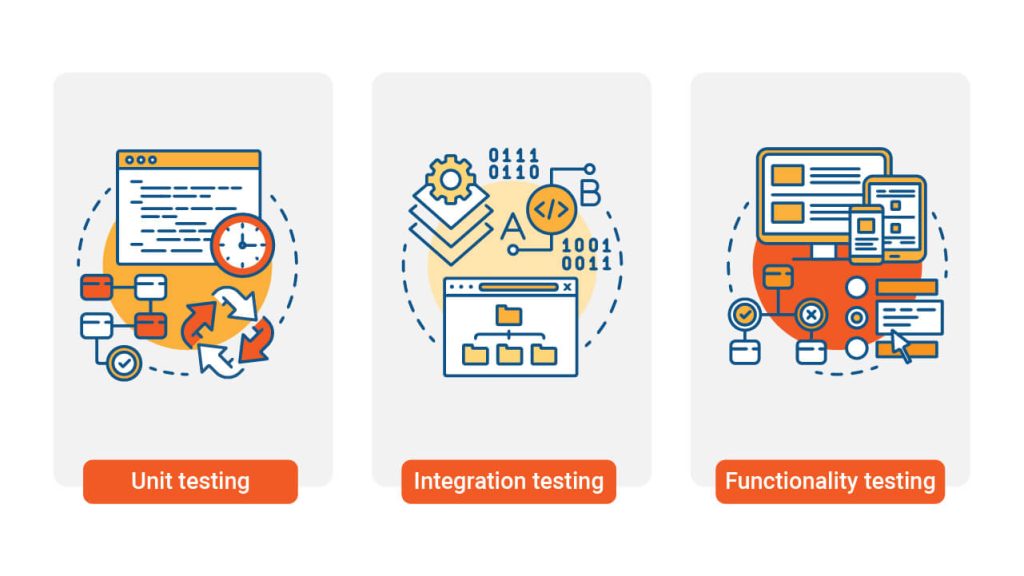
Tools and Frameworks for Automated Testing in WordPress
Automated testing for WordPress has evolved significantly, and numerous tools support various testing types:

- PHPUnit: The go-to framework for PHP unit testing, highly recommended for WordPress developers who need to test functions or classes. With PHPUnit, developers can quickly check individual code units for expected outcomes, making it ideal for plugins and theme customizations.
- Cypress: A powerful E2E testing framework simulating real user interactions and workflows. Cypress tests critical paths on high-traffic WordPress sites, like sign-up forms, checkout processes, and account logins.
- Jest: Primarily used for testing JavaScript code, Jest is valuable for sites with complex frontend interactions or custom JavaScript functions.
- WP Test Factory: This tool provides mock data for testing, allowing developers to simulate realistic site content (e.g., posts, users, comments) without risking actual data. It’s beneficial when testing features like custom post types, author permissions, or comment filtering.
- Continuous Integration (CI) Platforms: GitHub Actions, Bitbucket Pipelines, and CircleCI are all CI tools that help automate testing workflows. By running tests each time new code is pushed, CI tools ensure that issues are caught early in the development cycle.
- WP-CLI Test Framework: This framework enables testing via WordPress’s command-line interface. Ideal for developers comfortable with the command line, it supports various testing tasks, from setting up test environments to running specific test cases directly within WordPress.
How to Implement Automated Testing in WordPress
Implementing automated testing in WordPress requires a structured approach to ensure it covers all essential aspects of your site’s functionality.
Step 1: Set Up a Local Testing Environment
A local or staging environment isolates tests from the live site, preventing disruptions to your production environment. Tools like Local by Flywheel, DevKinsta, or Docker allow you to create a controlled environment for testing without impacting real users.

Step 2: Choose the Right Tools for Your Testing Needs
Evaluate your specific testing requirements. For example:
- Use PHPUnit for custom plugin functions or theme components.
- Integrate Cypress if you need to test user flows like checkout processes.
- If JavaScript features heavily in your customizations, set up Jest.
Step 3: Create Test Scripts for Key Scenarios
Automated tests should cover your site’s most important functions. For example:
- Unit tests can cover standalone functions like calculating discounts or displaying personalized content.
- Integration tests might check that a custom membership plugin interacts appropriately with the user login system.
- E2E tests should include user sign-ups, form submissions, and payment processing workflows.
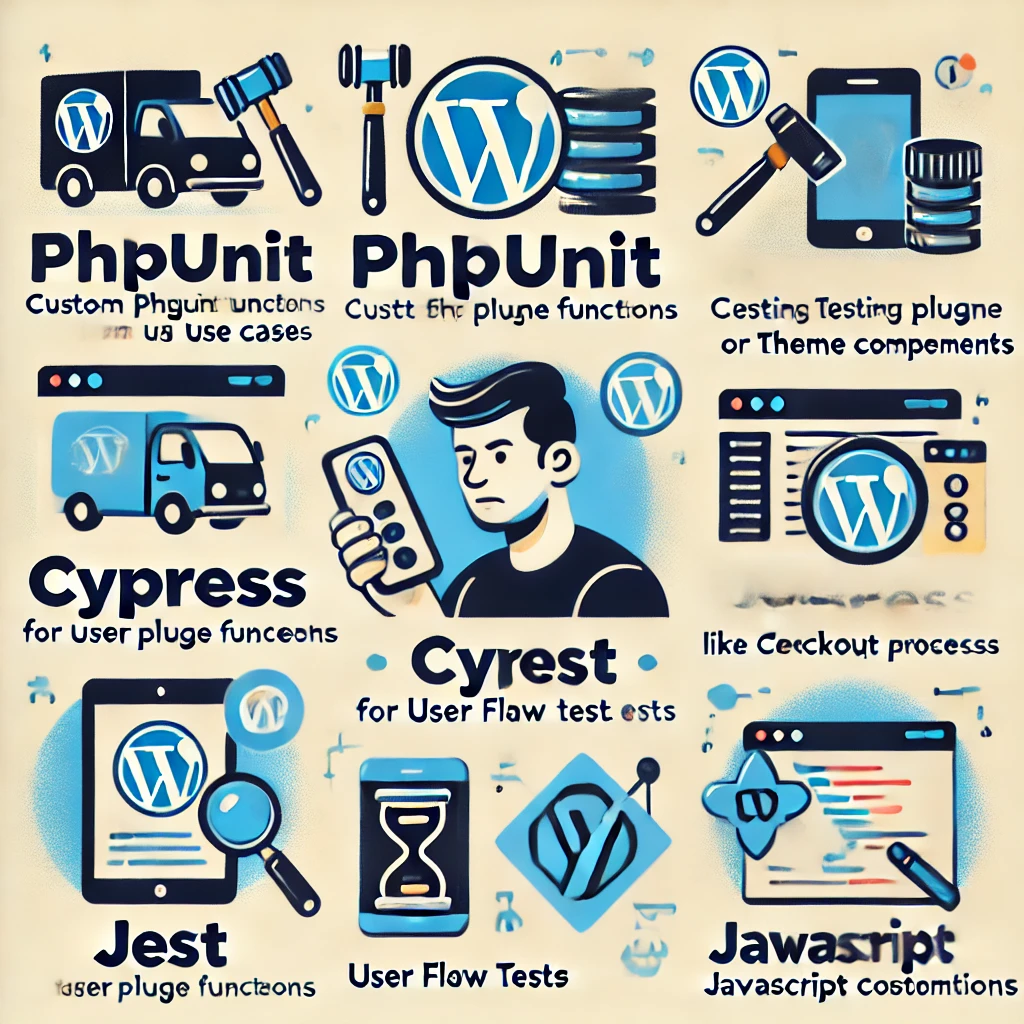
Step 4: Set Up Continuous Integration for Ongoing Testing
Integrate CI/CD pipelines to run tests when code is updated or pushed to your repository. This setup enables continuous testing throughout the development process, catching issues early. For instance, GitHub Actions can automatically run tests when new code is committed.
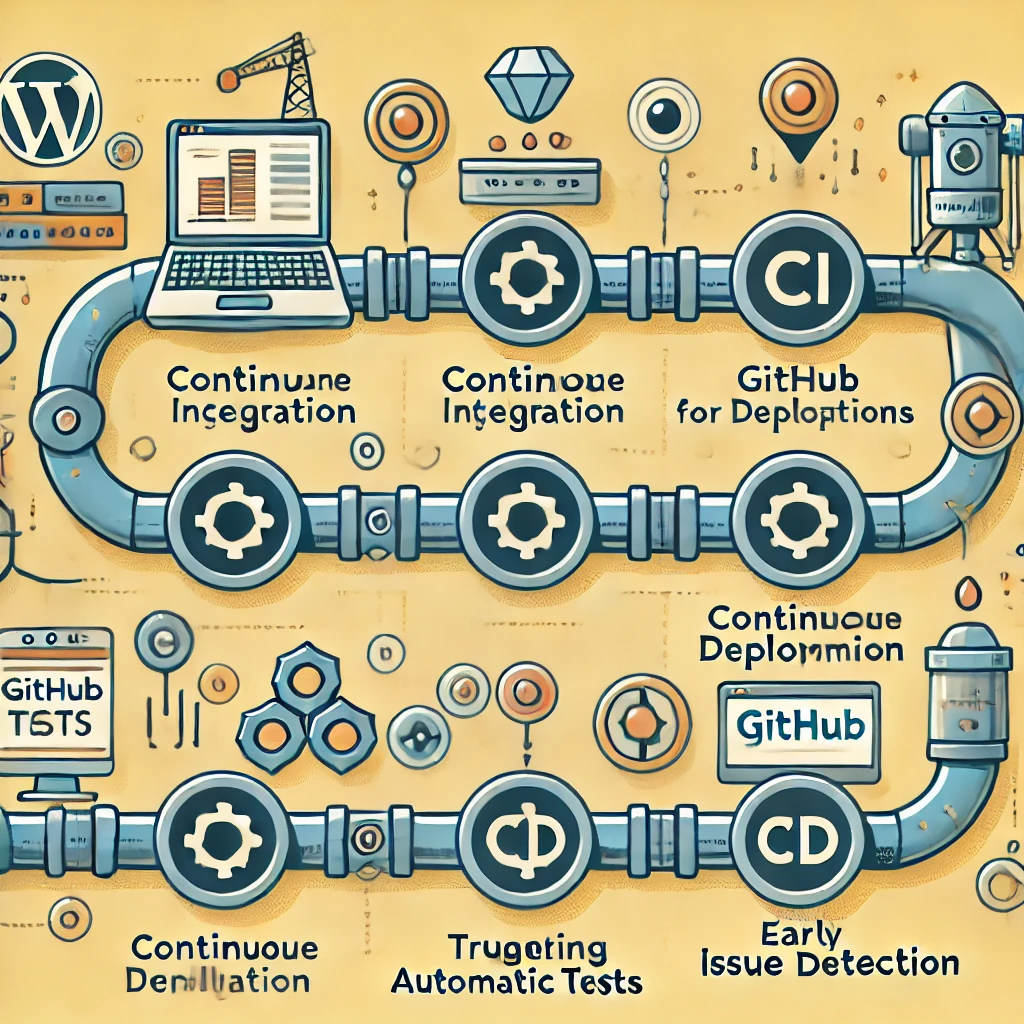
Step 5: Review Test Results and Refine
Automated testing is not a one-time process. Review test results regularly, identify patterns in failed tests, and refine your testing setup accordingly. If certain plugins or functions consistently trigger issues, consider rewriting or optimizing them.
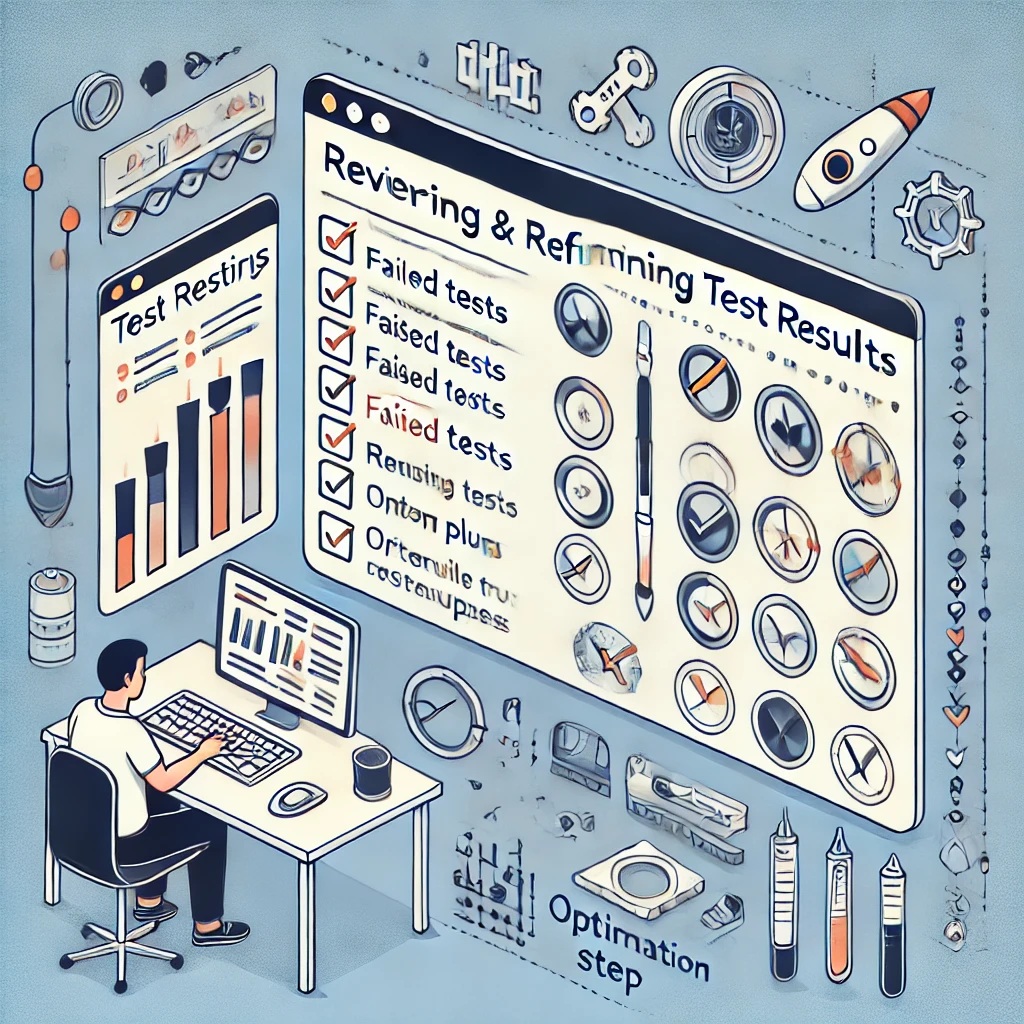
Real-World Example: How Automated Testing Improved Stability for a High-Traffic WordPress Site
A popular news website with millions of monthly visitors faced reliability challenges after each update. Routine plugin updates and code customizations often led to unexpected issues, like broken features or slowdowns. The team implemented automated testing with Cypress for E2E testing, PHPUnit for unit tests, and GitHub Actions for CI/CD integration.
Each update triggered automated tests across crucial site components, ensuring that features like article publishing, user logins, and comment sections worked as expected. Since implementing automated testing, the site saw a 50% reduction in unexpected issues after updates, and user complaints dropped significantly.
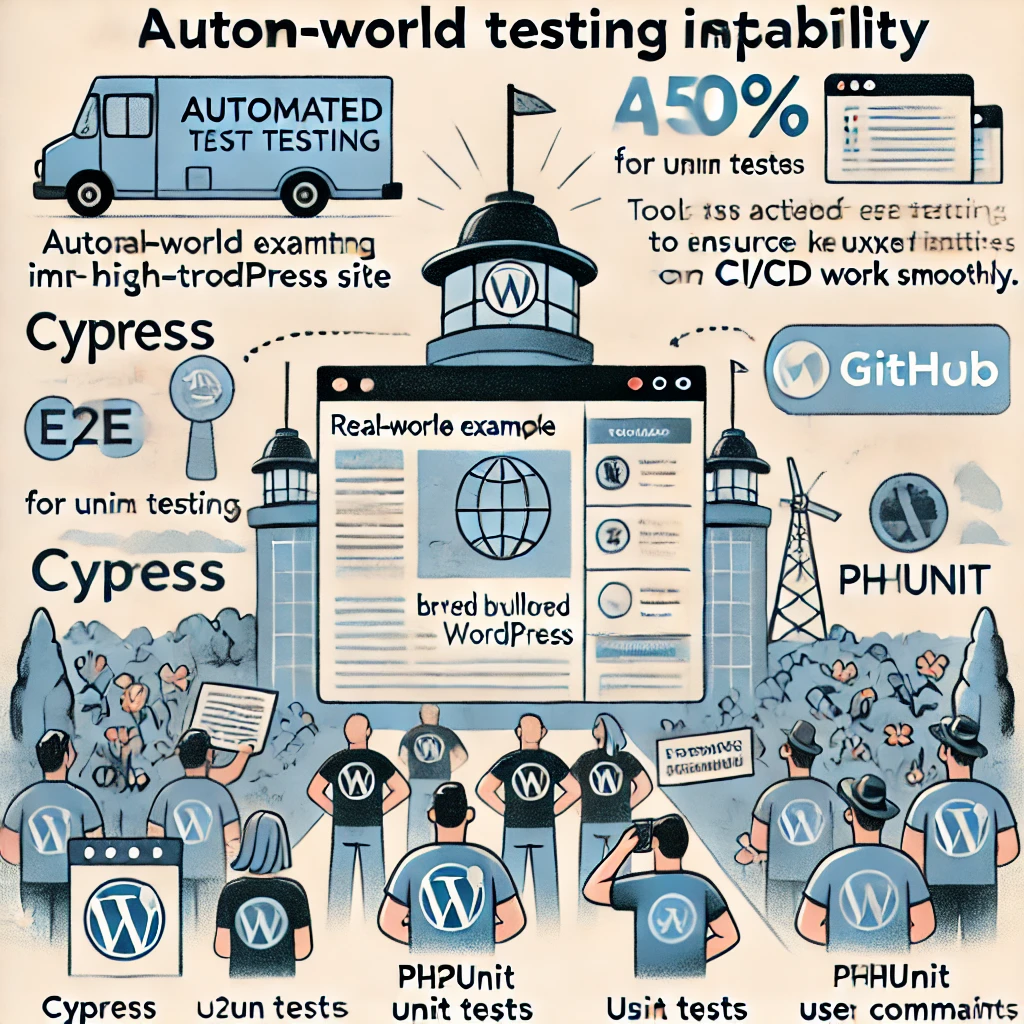
Challenges and Considerations in Automated Testing for WordPress
Automated testing is highly effective but does come with its challenges:
- Initial Setup Time: Creating a robust automated testing environment requires initial setup time and a learning curve. However, the long-term benefits outweigh the initial effort.
- Maintaining Tests: With WordPress and plugin updates, test scripts may need adjustments to stay compatible.
- Managing Costs: While free options exist, some testing frameworks and CI tools may be costly. Balancing these with your site’s needs is critical.
Conclusion
Automated testing in WordPress is a valuable investment in site quality, security, and performance. It enables developers to preemptively catch errors, improve user satisfaction, and maintain the integrity of their site through updates and changes. Whether running a small blog, a growing e-commerce store, or a high-traffic media platform, automated testing enhances site reliability and operational efficiency.
By implementing a structured testing strategy, choosing the right tools, and leveraging CI/CD pipelines, you can transition from reactive maintenance to proactive quality assurance. Embracing automated testing in WordPress is more than just a technical decision—it’s a strategic choice that supports long-term success and growth.


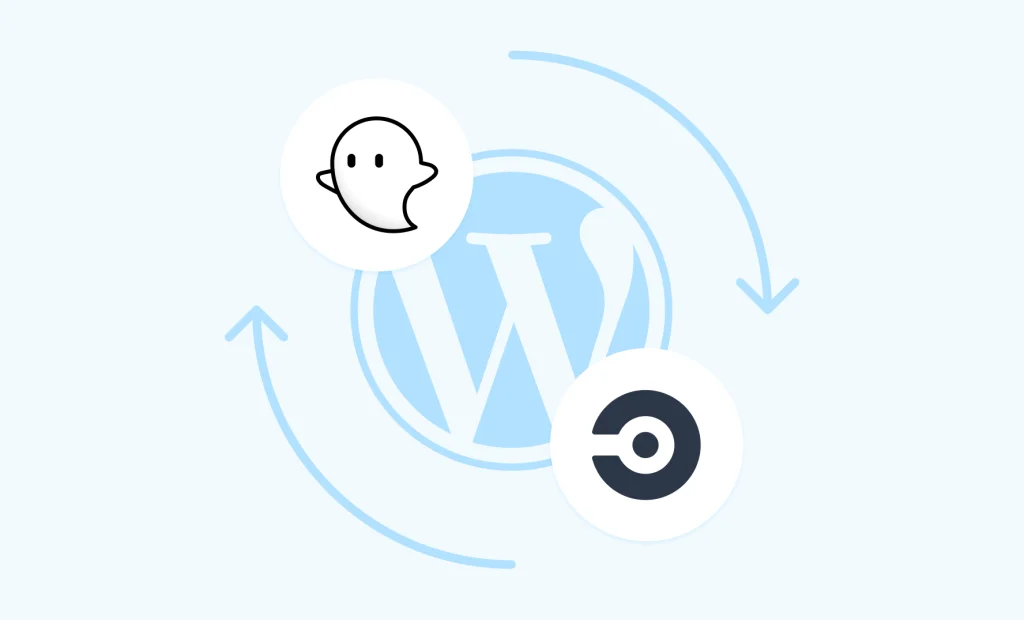




Responses